9-minute read
keywords: evolution, philosophy
A recurrent theme in the books that I review is that we underestimate what other animals are capable of and, by extension, overestimate humans. One thrust of Biocivilisations is that many of the hallmarks of human civilisations have parallels in the worlds of plants, animals, fungi, and microbes. Less of a popular science book that marvels at life’s achievements, this is more a full-throated attack on reductive materialism and mainstream biology that leans on philosophy, metaphor, and a substantial dose of unconventional ideas. In turns fascinating and frustrating, there is a lot to unpack here.
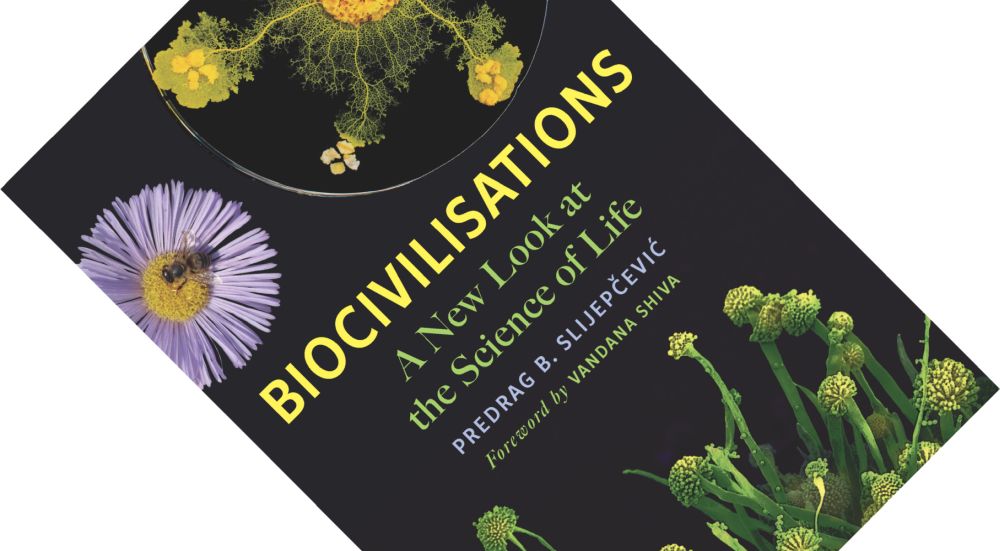
Biocivilisations: A New Look at the Science of Life, written by Predrag B. Slijepčević, published by Chelsea Green in May 2023 (hardback, 272 pages)
Predrag Slijepčević studied veterinary sciences and then radiation biology in Sarajevo in the mid-80s before fleeing the Yugoslav Wars. Having worked at various European universities since, today he is a senior lecturer at the Department of Life Sciences at Brunel University, London. This book, the result of a slow intellectual stew of some 30 years, breaks down into three parts. In three chapters, Slijepčević first outlines his objections to anthropocentrism and techno-scientific hubris in mainstream biology and science more generally. Seven chapters then discuss examples of his concept of biocivilisations: the idea that many hallmarks of human civilisations have precedents in the deep history of life on this planet, with a starring role for microbes. The final two chapters conclude with a call for a new school of thought in the life sciences that relies less on a mechanistic worldview.
At first glance, the concept of biocivilisations ought to appeal to many biologists. In my reviews, I have discussed ant architecture, termite engineering, cetacean culture, the hows and whys of animal communication, the mental lives of animals (including emotions, dreams, and consciousness), and even plant neurobiology, and the planetary impact of microbes. Tool use in animals is well documented, and I have no qualms with the notion that insects practice agriculture. I am fully on board with the idea that we are not nearly smart enough to know how smart animals are. Other ideas that Slijepčević proposes require you to squint a bit harder and he admits that calling organisms doctors, scientists, or artists is true in a limited and metaphorical sense only. Especially that last notion is a good example of the kind of philosophical freestyling found in this book that left me mostly perplexed, combining as it does the role of aesthetics in mate choice (sensu Richard O. Prum) with biosemiotics and philosopher John Dewey’s naturalist theory of art. There is… not much I can say to that, really.
Similarly, there are some interesting ideas worth future investigation in Slijepčević’s four proposed principles of non-mechanistic biology, which push back against reductionism. The notion of universal flux, that “life is permanent change” (p. 28), appeals. I recently praised both Kevin J. Mitchell and Carl Safina for effectively writing the same. He links this to the discipline of processual biology and the 2018 book Everything Flows which one of my Twitter followers recommended to me years ago. The notion of symbiosis as the glue holding life and environments together allows him to feature the celebrated example of Lynn Margulis’s theory of endosymbiosis. Other ideas are more unconventional. When reviewing The Evolutionary Origins of Life and Death, I put a prominent mental pin into the potentially provocative notion of teleonomy. (My uneducated take on this is that it is teleology-lite, but I might come to regret those words.) Slijepčević goes a step further towards the scientific fringe by invoking both agency (or purpose and desire) and autopoiesis (systems, such as cells, that maintain themselves by creating their own parts) as defining features of life. Lastly, his notion that all these sentient organisms symbiotically joined together means that the world at large possesses a decentralised mind—Gaia’s mind or hyperthought—pushes the envelope. Oh dear, where have we heard that one before?
“On paper, the idea of biocivilisations is really intereresting [and] ought to appeal to many biologists.”
On paper, the idea of biocivilisations is really intereresting, and there are some fascinating examples discussed here. In practice, however, the execution comes with some eyebrow-raising ideas and is marred by a few frustrating tendencies. I will break this down into four main objections.
Objection #1: The Gaia hypothesis. In an earlier four-part review (you can start here) I dove into this idea and, long story short, concluded that it is mostly wrong, but stimulated much interesting new research, e.g. spawning the discipline of Earth systems science. Slijepčević mentions this intellectual legacy yet sticks to the loaded term Gaia and develops various imaginative metaphors. Furthermore, he prominently mentions W. Ford Doolittle as someone who has come around to it but omits how Lovelock’s pupil Tim Lenton (amongst others) has abandoned the term Gaia. Lastly, by writing that “Homo sapiens represent an insignificant stream in the Gaian river – so insignificant that the river will easily neutralise any disturbance caused by such a tiny stream” (p. 55), I feel that Slijepčević falls into the trap that Toby Tyrrell warned of in On Gaia. Namely, the emotionally comforting but dangerous belief in Earth’s natural resilience. True, Slijepčević elsewhere suggests we would primarily hurt, or even expunge, our own species, but what keeps most scientists up at night is how many other species we will drag down with us before it gets to that. Is there mileage in the Gaia hypothesis, or derivations thereof, still? No doubt. I have admittedly only scratched the surface and have added Doolittle’s upcoming book Darwinizing Gaia to my to-review list.
Objection #2: Strawman fallacies. Slijepčević has the rather frustrating habit of presenting exaggerated, sometimes caricaturesque versions of ideas and making them sound as if they are representative of the mainstream. Whenever he talks of techno-scientific hubris, he lashes out at futurists and AI researchers who think technology will soon overcome our biological limits, explicitly mentioning e.g. Ray Kurzweil. Is there anybody outside of Silicon Valley who takes the infantile fantasy of the singularity seriously? Slijepčević also persistently misrepresents the idea of the Anthropocene as something that exalts humans. Instead, I mostly encounter (contained) horror amongst Earth scientists and environmental historians at the scale and speed with which we have come to dominate and damage the planet. Lastly, and rather absurdly, is how, in Slijepčević’s telling, the discipline of evolutionary biology consists exclusively of neo-Darwinists versus a few heroes at the fringe. As if there is no thriving gradient of ideas, no talk of extended heredity, no talk of evolution evolving, and no popular works on epigenetics. As if two of his intellectual heroes Stephen Jay Gould (he of punctuated equilibrium) and E.O. Wilson (he of sociobiology and group selection) are not remembered for each diverging from gene-centric evolution in their own ways. In his personal perspective in chapter 12, Slijepčević writes that he is part of a loose collective of scholars called The Third Way who question “the two dominant ways of interpreting biological diversity, neo-Darwinism and creationism” (p. 215). First, this lends false authority to what is effectively religion dressing up as science. Second, he writes this after in the previous paragraph introducing the extended evolutionary synthesis, which brings together conceptual changes from the preceding sixty years!
“In practice, however, the execution comes with some eyebrow-raising ideas and is marred by a few frustrating tendencies.”
Objection #3: Scientific dogma and the persecution complex. Following directly on the preceding is his criticism of scepticism and dogma in science which, in my opinion, rather misses the point. This is a feature, not a bug. Is science a human endeavour with its share of unpleasant egos? Absolutely. Does it suffer from politics and internal rivalries? Absolutely. Could scientists be less dismissive and nasty towards each other? Absolutely. However, by only focusing on those people whose ideas turned out to be correct in the long run (who says scientists never change their minds?) you are counting the hits while ignoring the misses: all the ideas that fell by the wayside or were never sound to begin with. Slight tangent: Slijepčević correctly laments that early contributors are often overlooked, and gives the example of Francisco Mojica not sharing in the Nobel Prize for the discovery of CRISPR. Given this, it is a little ironic that he only praises Lynn Margulis for the idea of endosymbiosis and symbiogenesis, without mentioning that Boris Mikhaylovich Kozo-Polyansky pioneered it decades earlier (Margulis even edited the translation of his book Symbiogenesis). To compound the irony, his article in BioSystems gives a more accurate version of this history. Will readers of this book dig that deep?
Objection #4: Reverse anthropocentrism. Returning to the topic of biocivilisations, I think this proposal is praiseworthy but risks suffering from a form of reverse anthropocentrism. Rather than considering certain traits and behaviours as uniquely human, all lifeforms would possess them, which still takes the human experience as the universal yardstick. This sentiment is perhaps expressed mostly clearly in two books I reviewed previously. First, in Why Animals Talk, Arik Kershenbaum argues that, to understand animal communication, we have to abandon the human-centric notion of words, forcing you to rethink linguistic concepts you have always taken for granted. “Just because we’ve developed a language based on distinct words doesn’t mean that is how others must communicate” (p. 74 therein). Second, Slijepčević approvingly mentions Suzanne Simard’s idea of the Wood Wide Web and mother trees. I have some issues with this concept but more interesting is Merlin Sheldrake’s warning in Entangled Life that this metaphor is both plant-centric and value-laden. He challenges readers by asking: “Are we able to stand back, look at the system, and let the polyphonic swarms of plants and fungi and bacteria […] be themselves, and quite unlike anything else?” (p. 193 therein).
Overall, Biocivilisations is a thought-provoking and at times controversial book that highlights several topics to investigate further in the future. There are various notions here that I disagree with and that, to my taste, veer into fringe territory. However, the overall aim of the concept of biocivilisations, taking down anthropocentrism a notch or two, is one I support. Philosophically inclined readers with a penchant for the unconventional might well find this a worthwhile addition to their shelves.
Disclosure: The publisher provided a review copy of this book. The opinion expressed here is my own, however.
Other recommended books mentioned in this review:
__________________________________________________________________
__________________________________________________________________
__________________________________________________________________
__________________________________________________________________
__________________________________________________________________
__________________________________________________________________
__________________________________________________________________
__________________________________________________________________
__________________________________________________________________
__________________________________________________________________
__________________________________________________________________
__________________________________________________________________
__________________________________________________________________

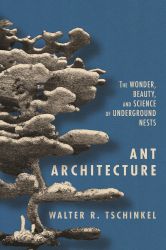









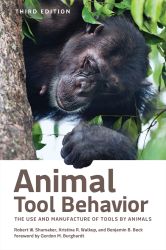












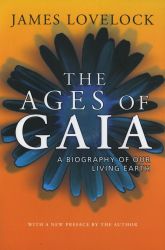
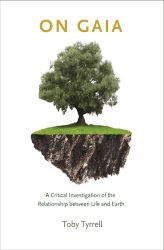



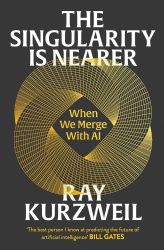











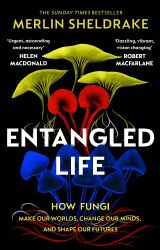
Reductionism and mechanism simply point at the fact that there are causal chains in biology too. I´ve never understood why some scientists are hostile to the idea, and I don´t see how Slijepčević´s arguments against it are actual arguments against it. It´s not because things are in flux that they escape causal chains, etc.
LikeLiked by 1 person
Agreed, I’ve also never really understood the hostility. There often seems to be a lot bottled-up anger at perceived arrogance or deconsecration of something wholesome.
LikeLike